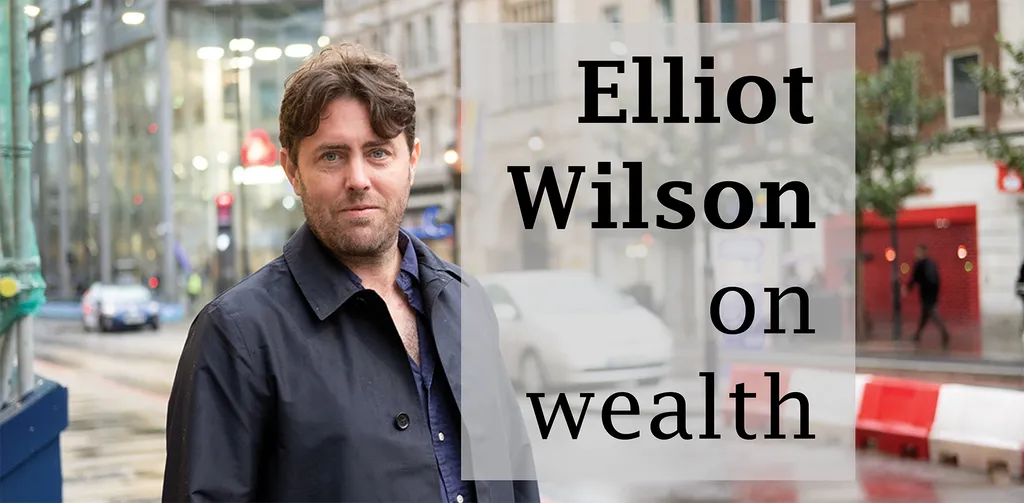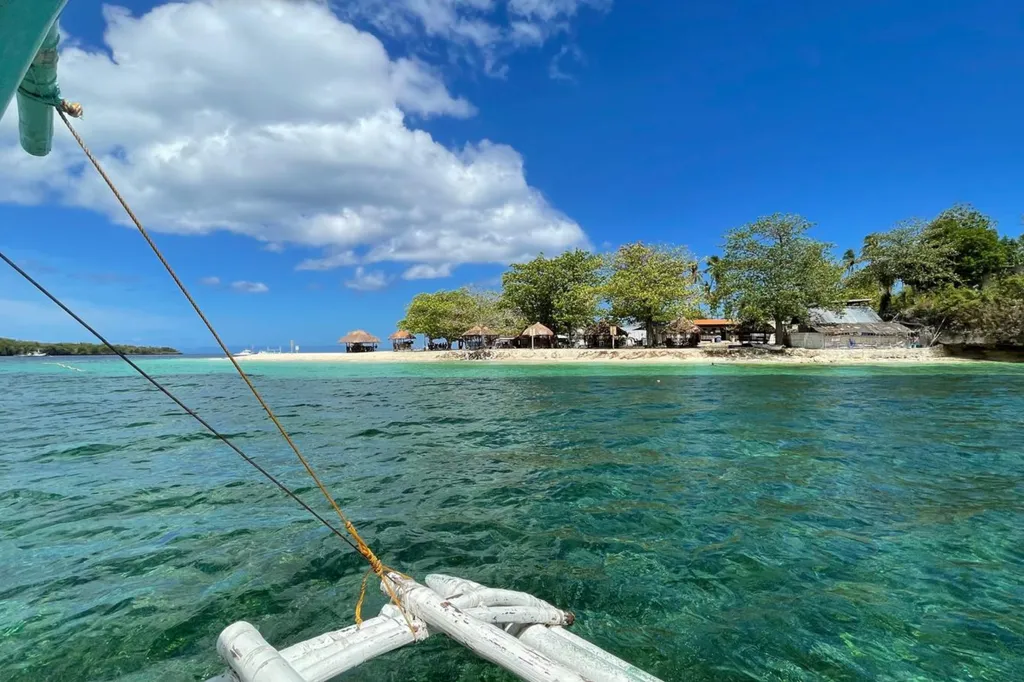Private banks profess to care about a lot.
They worry about clients’ wealth of course – that is a given. But there is far more complexity than meets the eye. Each continually strives to convince clients it is the ideal financial partner, which means that institutions must be good at managing wealth and at taking care of their own brand. They must be good while also doing good.
Some use sports to showcase their name. Anyone tuning in to watch England play Australia at cricket in recent weeks will have seen hoardings galore emblazoned with the name of JPMorgan Private Bank. Others like to tie their mast to individual icons: Citi Private Bank sponsors F1 star Fernando Alonso; Santander Private Banking has a long-standing alliance with tennis great Rafa Nadal.
If sports don’t suit, culture will do. Morgan Stanley’s partnership with London’s Somerset House encompasses history exhibitions and art programmes. Next year, Deutsche Bank Wealth Management celebrates two decades of its patronage of Frieze, the international art fair.
But there are two things that all elite private banks seem to have in common.
For art’s sake
The first is a service, and it involves lending to the rich to fund their art collection. Euromoney has written about this before, profiling John Arena, head of art lending for Deutsche Bank International Private Bank Americas, in early 2022. A lot of his time is spent travelling, attending parties and helping clients appraise a collection.
Every big private bank has a John Arena of its own. Charlotte Eyerman was made global head of JPMorgan Chase’s art collection in April 2023. Suzanne Gyorgy has been global head, art advisory and finance at Citi Private Bank for the past 14 years. Eric Landolt is head of family adviser, art and collecting, at UBS Global Wealth Management in Zurich.
By lending to key clients, wealth managers get to book more business and demonstrate their loyalty
For any private bank, art lending is a no-brainer. The industry is pretty much recession-proof. Collectors buy art when economies are strong, and when they’re weak investors snap up tangible assets to protect wealth. Global art sales grew 3% in 2022 to $67.8 billion, according to a 2023 report by Art Basel and UBS.
Moreover, it is a win-win for both the bank and the individual. By lending to key clients – typically a mix of the super- and ultra-high net-worth and family offices – wealth managers get to book more business and demonstrate their loyalty, invaluable when understanding shifting financial needs.
Clients in turn get to unlock fresh capital.
“By using your art as collateral, you can create liquidity in order to add to your collection or for other investment purposes,” Citi Private Bank says on its website.
Clients can dip into a loan to buy a Gauguin or a Hockney – or just to invest in financial markets.
Call of the sea
The second thing private banks all seem to have in common is not a service but a cause. Marine finance used to just mean lending to the rich to buy big boats. It still does – but there is a second factor now: ocean preservation.
Private banks have embraced the cause with enthusiasm. In 2020, Credit Suisse joined forces with Rockefeller Asset Management to launch their Ocean Engagement Fund. An impact investment fund, it puts client capital to work in marine-themed stocks with high sustainability ratings, such as Faroese salmon farmers Bakkafrost and packaging materials firm Berry Global.
Deutsche’s chief investment office published an absorbing report on the state of mangrove forests in January 2023, four months after its international private bank and the Ocean Risk and Resilience Action Alliance hosted 100 investors, entrepreneurs and philanthropists in Mallorca to discuss how to accelerate ocean sustainability.
The list goes on and on. Santander Private Banking’s series of wealth talks includes a lecture by Carlos Duarte, a leading marine biologist. UBS has published ‘Sea beyond the blue’, a 64-page, self-styled ‘guide to the oceans for philanthropists and change-makers’.
It is not clear why private banks are so drawn to the cause. Perhaps it is a genuine and collective sense of altruism. Maybe it is because so few clients operate in the depths of the Pacific or Atlantic Oceans, meaning precious few conflicts of interests. That is likely to change as mining companies, some privately owned, others state-backed, look to mine the seabed for minerals.
Will the same private banks make their voices heard in protest against the destruction of the ocean floor? That would be both impressive and welcome, and a sight to see.




